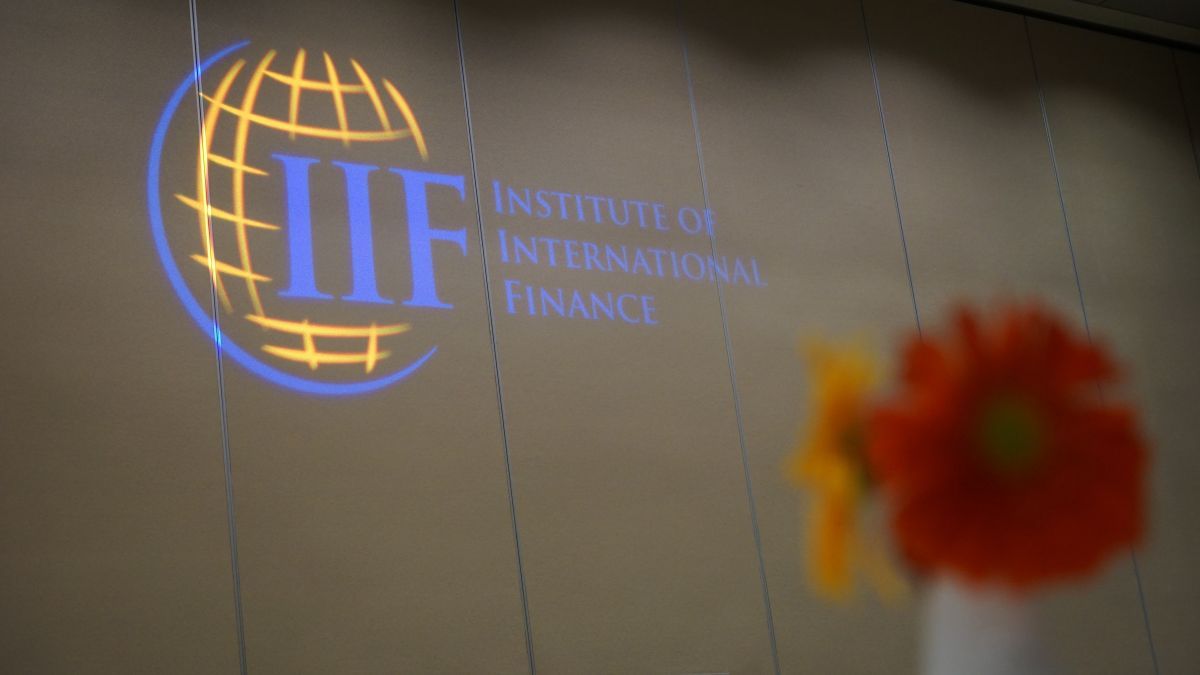There is no doubt that the latest weaker-than-expected US economic activity data were behind this scare in the markets and, together with a change in the stance of the Bank of Japan (BoJ), have triggered a adjustment of interest rates between the US and Japan. Thus the consequent The dismantling of carry trade operations has had implications for capital flows and currencies in emerging markets. Based on this diagnosis, which has a general consensus in the financial world, the influential Institute of International Finance (IIF) prepared a special report called “Market fear and emerging markets” and took the opportunity to introduce its brand new chief economist, Marcello Estevão, who is in charge of the report.
According to the report, fears of a US recession have increased and so has the likelihood of further Fed rate cuts this year. However, the IIF notes that it remains constructive on the outlook for both the US economy and emerging markets. How do you see it from the IIF?
The analysis assumes that the fear experienced by global financial markets was due to the convergence of adverse events, pointing out as the main factor the increased probability of a recession in the US, caused by a weak employment report last week and the subsequent market pricing in deeper cuts in future federal funds rates. This, in combination with the recent change in the BoJ’s hawkish stance, led to a sharp decline in the US economy. US-Japan interest rate differentials tightened further and investors reassessed their positions, leading to a rapid unwinding of carry trades. that were previously profitable (something that had been happening for a few weeks before the recent scare). They also point out that the reversal of short volatility trades contributed to increased market volatility, as investors abandoned positions that had bet on low volatility. “The escalation of geopolitical risks has further aggravated these problems, creating a complex and precarious global financial environment.”adds the IIF.
The beginning of everything and the risks for emerging markets
Since the BoJ introduced a more aggressive monetary policy, carry trades have been unraveling, creating an environment of uncertainty and volatility in global financial markets. “Investors, who previously borrowed in Japanese yen at low interest rates to invest in higher-yielding emerging market assets, began to reconsider their positions. This reappraisal has led to an unraveling of carry trades as the yen appreciated and limited capital outflows from emerging markets,” explains the IIF. However, uncertainty surrounding the US economy, which received a strong negative signal with last Friday’s weak employment report, was the real trigger for fear in the market.
“While we remain constructive on the U.S. economy, especially given the sustained cooling of inflation, the still very low unemployment rate, and relatively strong productivity growth figures of late, concerns about a possible recession are intensifying as disappointing employment figures and evidence of weak industrial production suggest a larger-than-expected slowdown in economic activity.”warns the global banking think tank.
Moreover, investors are also cautious due to geopolitical risks, which further darken the global economic outlook. “As a result, the short-term volatility position, where investors bet on low market volatility, has also seen a reversal. With rising market volatility and growing uncertainties, investors have been liquidating their short-term volatility positions, which has further exacerbated market instability. As capital is withdrawn, emerging market currencies are depreciating and asset prices are experiencing greater volatility, which could undermine the financial stability of emerging markets.”deepens the analysis of the disarmament of the “carry trade”.
Adding fears and expectations with the Fed
This combination of factors (fears of an economic slowdown in the US, BoJ policy changes and geopolitical uncertainties) has created a difficult environment, which “has led to limited capital flight from emerging markets and the risk of further capital flight”. The IIF warns that as investors continue to seek safer assets, capital outflows could exacerbate the current depreciation of emerging market currencies, increase borrowing costs and introduce stress into financial systems. “However, we believe that emerging markets are well positioned to withstand this increased risk and a possible further downside.”.
The report notes that amidst this turmoil, There is growing expectation that the Fed will cut interest rates at its next meeting, and markets suggest cumulative federal funds rate cuts of 150 basis points by year-end (excessive in the IIF’s view). As market data also suggests, “investors often have a different view than Fed policymakers themselves, but assuming the Fed begins to ease monetary policy in September, such a move is expected to provide further stimulus to the US economy.”
It is worth noting that In the case of emerging markets, a rate cut by the Fed could smooth out a potentially turbulent outlook by easing some of the pressures on local currencies. In addition, lower interest rates could also reduce the attractiveness of the dollar, which could stabilize capital flows to emerging markets and alleviate some of the currency depreciation and structural effect of dollar dominance. Thus, “so far, despite the reversal of some carry trades and some capital outflows from emerging markets, our high-frequency data continue to show significant net capital inflows to emerging markets, so we remain positive on their outlook,” the IIF concludes.
Source: Ambito




